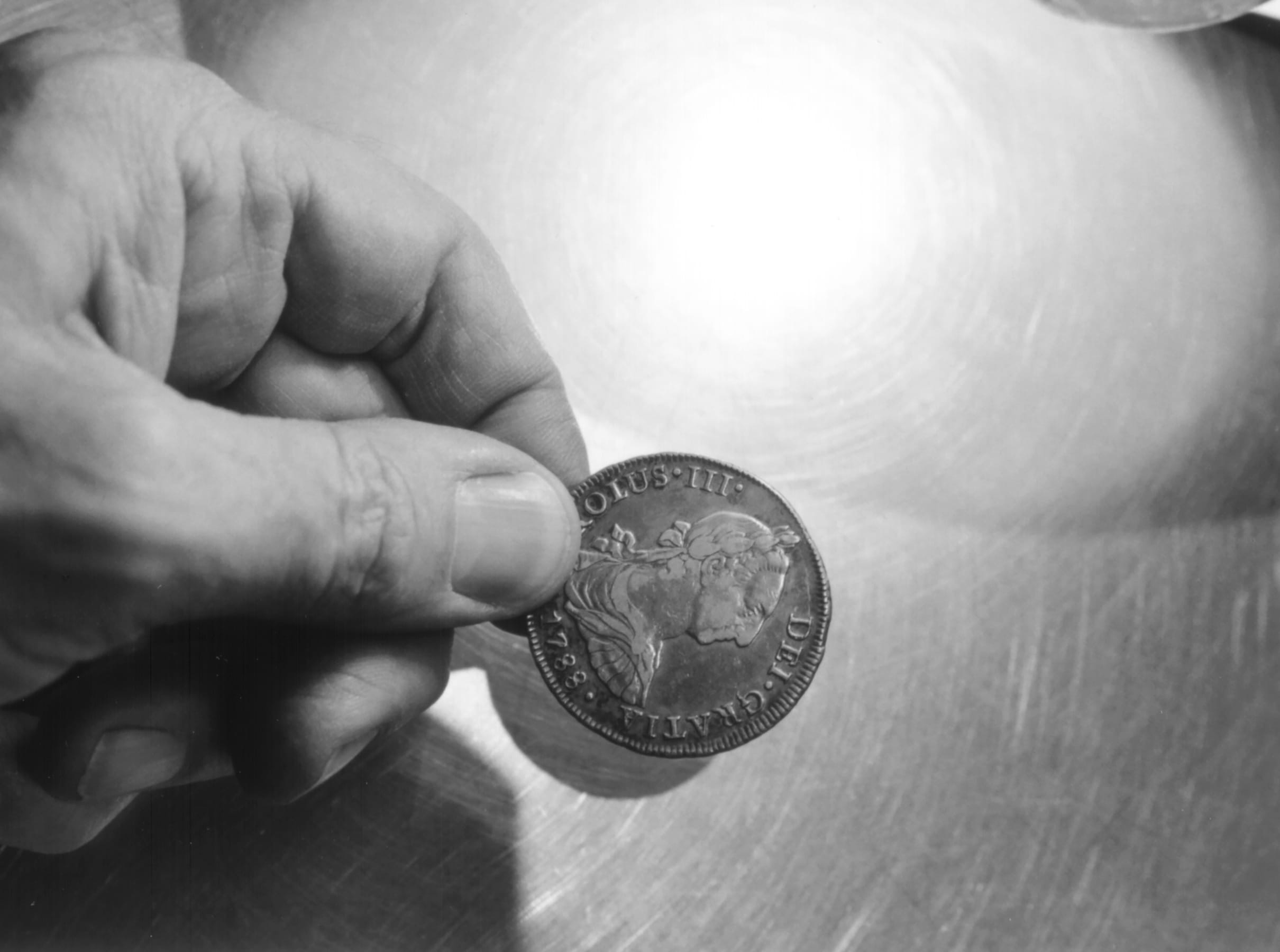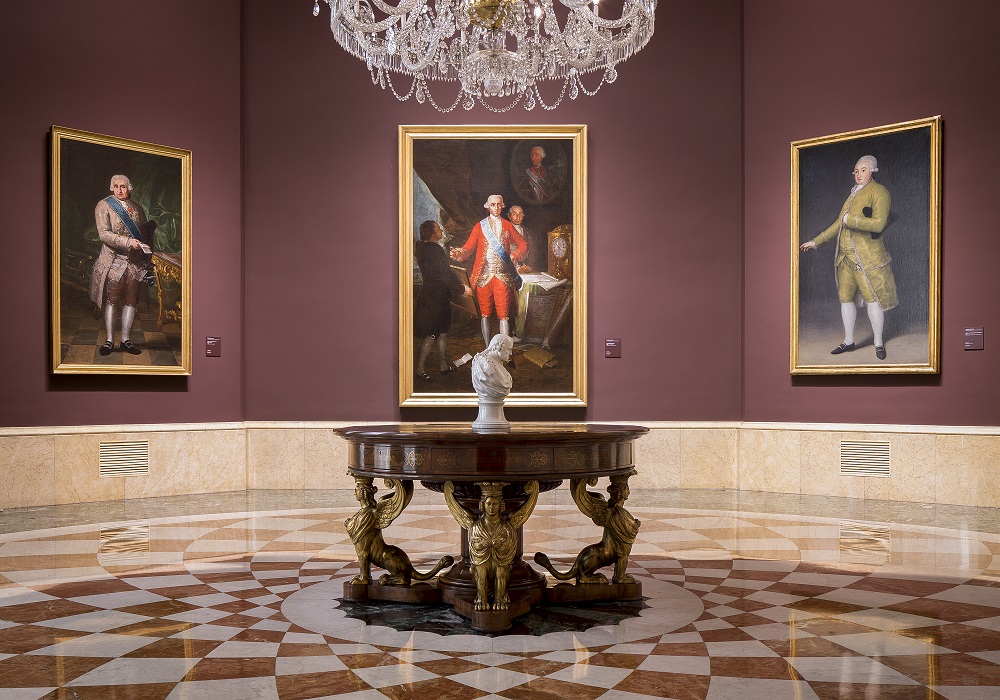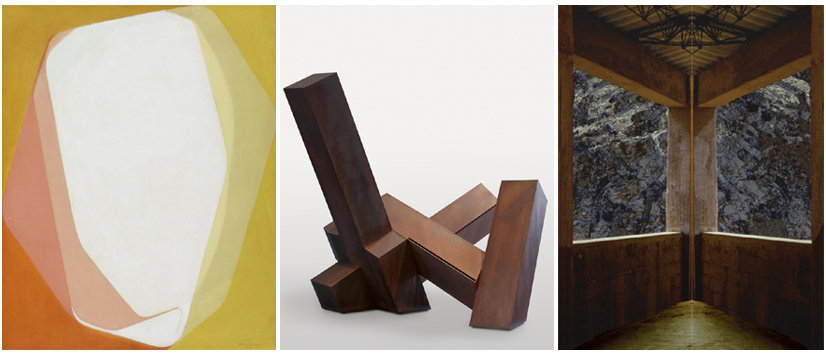
About us
A collection paralleling history
The Banco de España Collection forms an artistic heritage that has been built up over more than two centuries.
Amongst the very diverse items it contains are paintings, drawings, sculptures and photographs, as well as a large number of valuable decorative items and graphic works.
The collection is a reflection of the history of the institution itself, its special role as a public bank and some of the key figures who have served in it since the Banco de San Carlos was first founded in the Enlightenment period. Chronologically, it comprises a classical section, containing work from the late fifteenth century to the end of the nineteenth century, and a contemporary section, consisting of Spanish artworks, most dating from the second half of the twentieth century and the first decades of the twenty-first. The twenty-first century acquisitions are markedly international in character, with a strong focus on European and Latin American art.

A collection in two parts
In historiographic terms, the Banco de España's art collections can be broadly divided into two groups. The first, which might be described as its classical collection, includes work dating from the late fifteenth century to the end of the nineteenth century. The second group is the contemporary collection, chiefly made up of works by Spanish artists from the second half of the twentieth century (although in the last two decades an increasing number of pieces by international artists have been added).
![Cornelis Van Cleve: `Virgen del lirio' (siglo XVI) | Mariano Salvador Maella: 'Carlos III` (1783]) | Vicente López Portaña: 'Fernando VII' (1832)](/f/webca/ADS/Historia/sibportada01_red.jpg) Cornelis Van Cleve: `Madonna of the Lily' (16th century) | Mariano Salvador Maella: 'Charles III' (1783) | Vicente López Portaña: 'Ferdinand VII' (1832)
Cornelis Van Cleve: `Madonna of the Lily' (16th century) | Mariano Salvador Maella: 'Charles III' (1783) | Vicente López Portaña: 'Ferdinand VII' (1832)
The foundations of the classical collection, which now makes up approximately twenty percent of the bank's art holdings, were originally laid in the first few decades following the bank's foundation. There are several particularly significant sets of works from this period, in particular the commissions which launched the bank's portrait gallery, one of the jewels of the collection. They include portraits of Charles III and other members of the royal family, as well as the bank's managers and other figures of key importance in its foundation, by artists such as Francisco de Goya and Salvador Maella. There is also a large number of religious paintings, such as Madonna of the Lily attributed to Cornelius Van Cleve, The Wedding at Cana by Frans Francken, St. Charles Borromeo Giving Communion to the Plague-Stricken by Salvador Maella and The Adoration of the Magi by Joos van Cleve.
Throughout the nineteenth century, the portrait gallery continued to grow, with the addition of pictures of governors and Spanish monarchs of the period, by some of the leading painters of the time, including Federico de Madrazo, José Gutierrez de la Vega and Antonio María Esquivel. Together, they offer a good overview of the different styles popular in the genre at the time: Romanticism, neoclassicism, academicism, etc. As well as showing some leading figures in the economic history of Spain, this section also reflects the evolution in official portraiture throughout the nineteenth century. In addition to these institutional portraits, there are also works by artists such as Joaquín Sorolla and Ignacio Zuloaga, key figures in the artistic changes of the fin-de-siècle period.
The Banco de España's historical collection has been further augmented by a series of acquisitions made mainly during the second half of the twentieth century. These include two vases by Juan de Arellano and still lifes by the Flemish-born Spanish artist Juan van der Hamen (in 1979, the collection received a donation of Ceres or Pomona and Vertumnus, a particularly important work by the same artist, depicting the human figure alongside still life motifs in allegorical contexts). Some additional works by Goya have also been acquired, including his portraits of the Count of Gausa and the Count of Floridablanca, as well as some collections of his prints, including first editions of La Tauromaquia (Bullfighting) and Los desastres de la guerra (The Disasters of War).
Yolanda Romero, Curator of the Banco de España Collection

Pablo Palazuelo: 'Mandala IV' (1966) | Jorge Oteiza 'In Praise of Discontent' (1991) | Monserrat Soto: 'Untitled. Stone House Window' (2000)
Around eighty percent of the Banco de España's art collection is made up of what might be described as its contemporary collection. Although it contains a significant number of paintings from the first half of the twentieth century, the bulk of this section comprises works of Spanish art from the 1950s onwards. Amongst this second group, there are a number of predominant themes. One of the most consistent is that of abstract art, in both its informalist action and material painting and more geometric and analytical versions. In counterpoint, there is also an abundant section of realist paintings and sculptures.
Another key section of the contemporary collection consists of a varied group of pictorial works from the 1980s and 1990s, which take a new approach to painting, investigating its constitutive nature and often redefining its limits. In some, this new approach is quasi-figurative, along the lines established by Luis Gordillo; in others it is more abstract, with colour as the weapon of choice. The latter group is best represented by Granada artist José Guerrero.
With the inauguration of its new building on Madrid's Calle Alcalá in 1992, the bank was able not only to step up the pace of its acquisitions, but also to commission its first site-specific installations: Red Sphere, by Venezuelan artist Jesús Soto and In Praise of Discontent by Jorge Oteiza. During this period too, the collection first began to acquire photographic works and the bank now has a large number of pictures by artists working directly in this medium or using it for communicative purposes in neo-conceptual contexts.
Finally, in recent decades, the bank's international drive has left its mark on its art collection, and many pieces by non-Spanish artists have been added, especially from the two regions with which the Banco de España has the closest ties: Latin America and Europe.
Yolanda Romero, Curator of the Banco de España Collection.